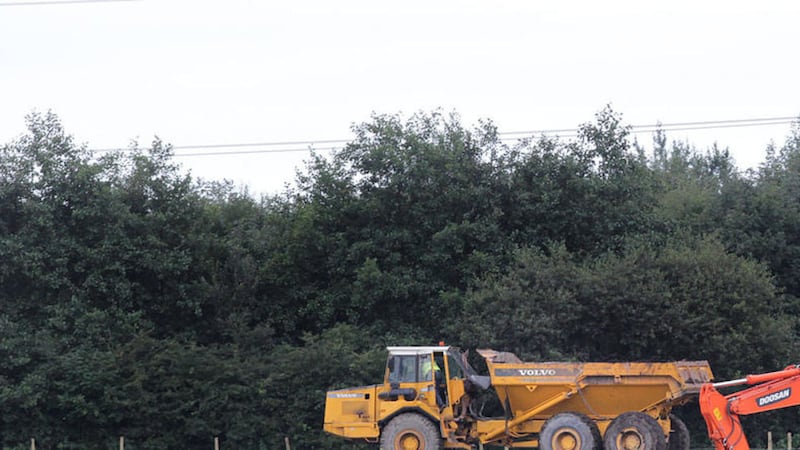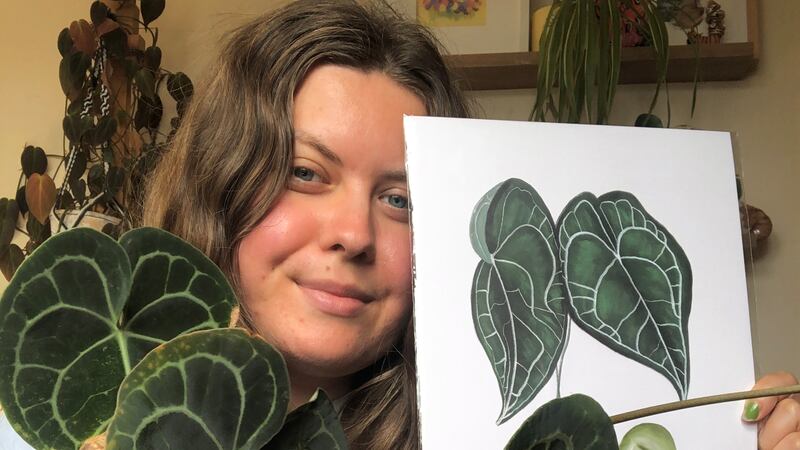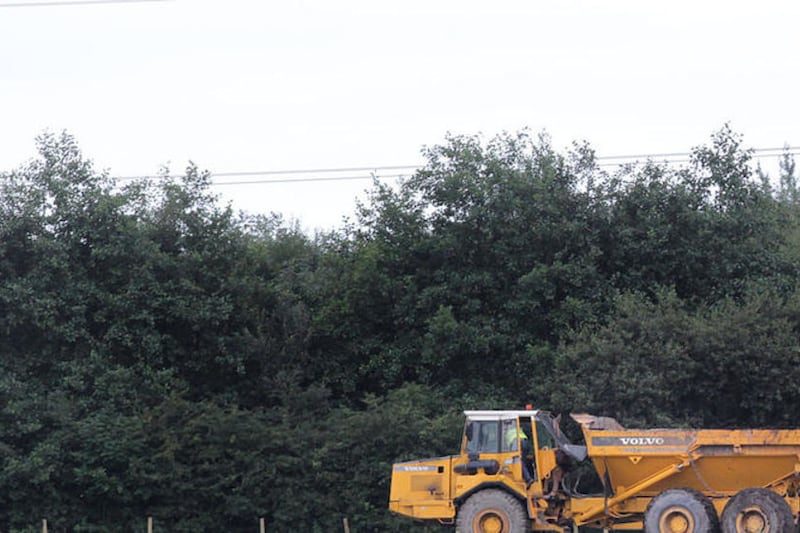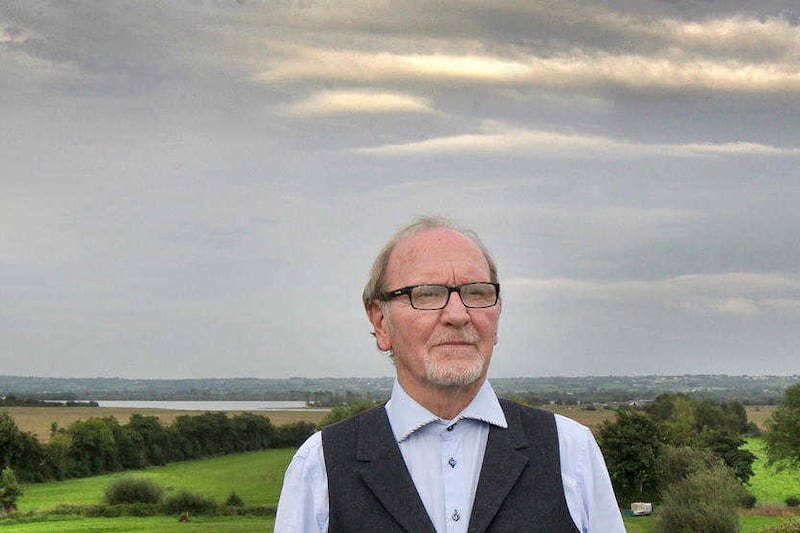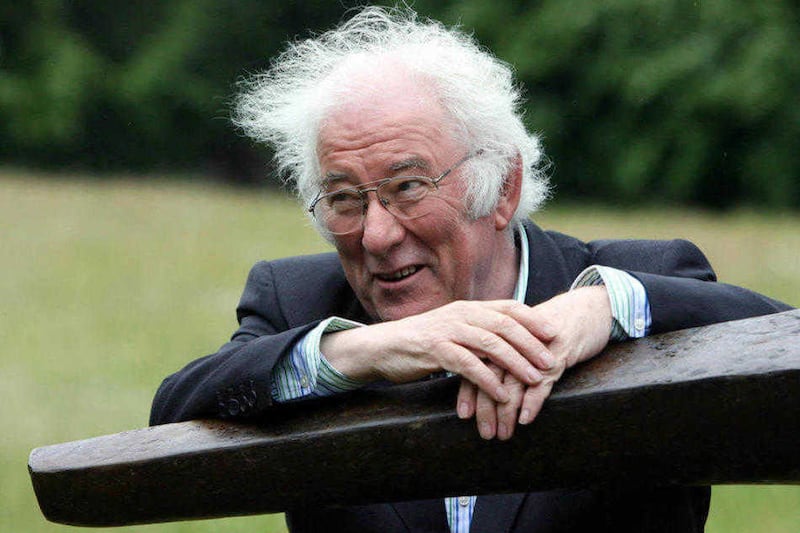HAS there ever been a major road constructed that someone hasn't objected to? No sooner are plans announced and maps published than a chorus of objections are raised.
And who can blame them? I wouldn't want the landscape around my home torn up to make way for thousands of cars and lorries to pass by my front door every day.
Yet I am a hypocrite because I use a car to get to work. I'd rather go by train or bus, but the railway line from where I live to Belfast was discontinued in the 1950s and the the last bus leaves before I finish work.
I am shackled to my car by economic necessity; if I don’t drive, I can’t get to work and so I am dependent on a good road network.
People who protest against a new road are, like me, as likely to complain about having to sit for an hour in traffic to drive just a few miles. It is not a case that we object to a new road per se – we just don’t want it so close to our house.
However, sometime the development of a road, or some other major piece of infrastructure, moves beyond the parochial. The late poet Seamus Heaney was not averse to jumping into his car and driving off somewhere, literally and as metaphors for inner journeys “along the black current of a tarmac road”.
In Station Island he writes: “I was parked on a high road, listening/to peewits and the wind blowing round the car/when something came to life in the driving mirror…”
Dip into any of his collections and you will likely to find a reference to cars and roads.
Work on a new section of dual carriageway on the main road between Belfast and Derry has already begun and will run just 100 metres from Mossbawn and the farmhouse where Heaney was born.
It will pass through Anahorish and close to Lough Beg, places that come to life in Heaney’s poems, the musicality of their syllables invoking his childhood and nature.
The new section of road has been on the cards for a number of years now and during an interview in 2007 Heaney said: “My feeling was that when I saw the possible direction of the motorway, I thought there was an alternative possibility to take it through an old aerodrome where there is an industrial estate and so on, which wouldn’t be as much of a wound on the ecology.”
No doubt those who live close to or have connections with the alternative routes would also object to the wounds on their ecology. However, the designated route through townlands and locations whose names lend their musicality to Heaney’s evocative verse does suggest that our planners and those in government are not looking at the bigger picture.
Around £4 million has been spent on the Seamus Heaney HomePlace in Bellaghy, which opened to the public yesterday, in a bid to attract visitors and literary tourists to the area.
Presumably those who visit will also want to see those places that the late Nobel laureate evoked in his verse – “ah yes, there is Anahorish over there just past the hawthorn beside the motorway and you can see Mossbawn nestling on the other side of that windbreak and broom beside the slip road”.
